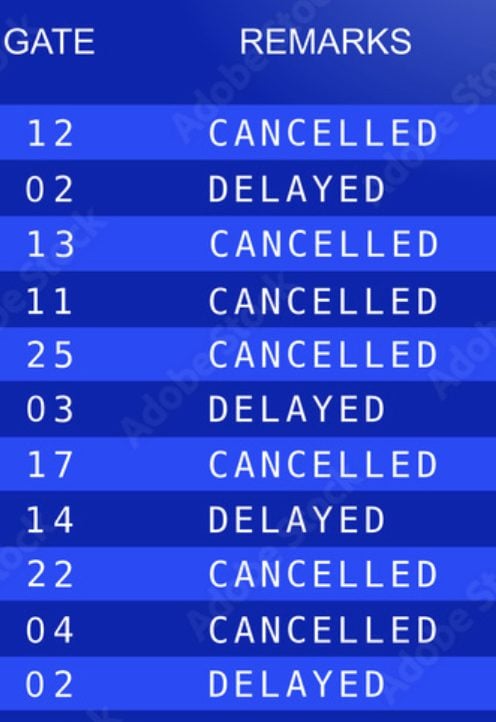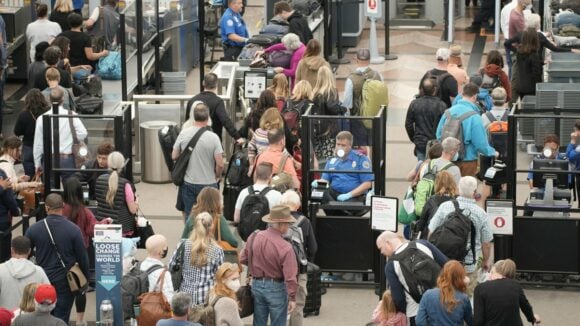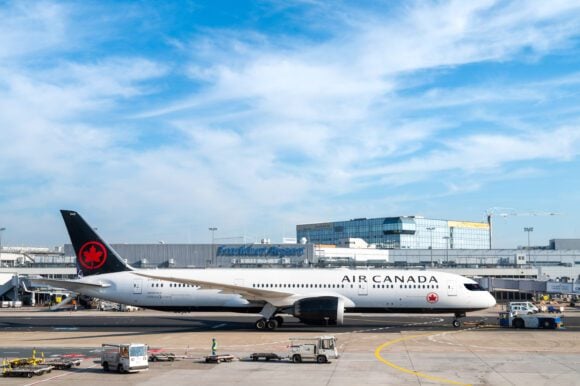
347611361 612449210821946 5924314783323263023 n
Strong leisure traffic helped Alaska Airlines to produce a solid Q2 net profit of $240 million, up 74 percent over the same period last year. High fares contributed to the result, but the airline is expecting them to drop in the current third quarter and coming months, a trend also noticed by Ryanair earlier this week.
The $240 million net profit compares to $139 million in Q2 last year. Excluding special items and fuel hedge accounting adjustments, the profit is $387 million. The pre-tax margin reached 18.3 percent, which must be a record-high for the industry, said CEO Ben Minicucci in Tuesday’s earnings call. This compares to a $-142 million net loss in the first quarter.
Total revenues were $2.838 billion, up from $2.658 billion in Q2 2022. Of this, passenger revenues were $2.598 billion (2022: $2.418 billion), $170 million from the Mileage loyalty program and other revenues, and $70 million from cargo ($65 million). Departures were down 1.3 percent this quarter, but thanks to more Boeing MAX 9s in the fleet, higher gauge and higher utilization exceeded 2019 levels by four percent. Capacity was up 9.9 percent year on year.
Unit revenues were down 2.9 percent compared to 2022, but Chief Commercial Officer Andrew Harrison blamed this on a ‘noisy’ year due to volatile pricing and capacity. Other airlines have stated too that Q2 2022 was exceptionally strong, which makes a direct comparison difficult. Compared to Q2 2019, unit revenues were up 23 percent in the quarter and even 25 percent in June. Premium cabins continued to sell strong and were up twelve percent over last year. They contributed 31 percent to all revenues in Q2.
Surge in international demand hurts Alaska
Harrison also noted another trend seen by Alaska: an unprecedented surge in international demand. “We believe that pent-up international demand has had the effect of a larger pull from would-be domestic travelers than has historically been the case. Long-haul international seats off the West Coast are up 31 percent year over year this June.” He added that enough Alaska customers have been redeeming Mileage miles to fly internationally to fill eighteen Boeing 787s.
“While we believe this will eventually normalize, there is a disproportional impact on our domestic fares in the third quarter, which we estimate could impact our revenue performance by a half to one percent,” Harrison said. He noted that Business travel is still down at 75 percent of 2019 levels, blaming it on the weakened technology sector in California. The West Coast is the least recovered area anyway.
Expenses were up to $2.501 billion from $2.471 billion. Thanks to a hedging benefit, the fuel bill was lower this quarter to $573 million versus $776 million last year. Noticeably higher were landing fees, catering, and aircraft maintenance. The operating result was $337 million, up from $187 million.
For HY1, Alaska Airlines Group including Horizon Air reported a $98 million net profit, up from a $-4 million loss last year. Revenues grew to $5.034 billion from $4.339 billion, of which $4.582 billion came from passenger tickets. Cargo revenues were up by $5 million to $128 million. Total expenses increased to $4.883 billion ($4.354 billion), with the fuel bill ten percent higher year on year to $1.238 billion. The operating profit for the period was $151 million ($-15 million).
The Alaska Group ended June with $2.4 billion in unrestricted cash and marketable securities. Long-term debt stood at $1.9 billion.
Leisure fares are coming off their peaks
Alaska is still seeing very strong demand and record-high yields. But things are changing, as Minicucci remarked. “Leisure fares have recently started to come down from their peaks. Delivering on our targets will not be without challenges, but we remain focused on restoring the tendance of our resilient business model, driving improvements in efficiency and productivity, and controlling unit costs to deliver strong financial performance.”
Another trend seen in June is that customers book very close in. They did even more than in 2022 and in 2019. “If this trend persists, this represents an additional 100 bases points of revenue upside to our current third quarter guide.”
The airline expects Q3 revenues to be between zero and three percent up at a ten to thirteen percent higher capacity. This will bring unit results by nine percent, as a six-point deceleration on Q2 performance, said Harrison. Half of this can be attributed to lower fares, while the other half comes from domestic industry capacity growth, stage-length growth, and holiday timing shifts.
Investors not convinced
Alaska is confident that it will hit its financial targets this year, counting on a revenue growth of eight to ten percent year on year, a one to three percent reduction in costs, a pre-tax margin of nine to twelve percent, and earnings per share of $5.50 to $7.50. Full-year capacity should be up eleven to thirteen percent and that for Q3 by ten to thirteen percent, thanks to a higher completion rate and more operational resilience, and higher productivity.
This outlook didn’t convince investors on Tuesday. After Alaska released its results, stock prices tumbled down from $50.36 to close at $46.45 as investors think that the airline might be adding too much capacity during Q3.
Minicucci praised Boeing for being able to consistently deliver new aircraft to Alaska Airlines, despite the various production issues. The airline took delivery of eight MAX 9s during the quarter, which brought the fleet to 51. It also inducted six Embraer E175s for Horizon Air to grow the fleet to 39. As announced before, Alaska will phase out the last Airbus A321neo by the end of September to become an all-Boeing operator.
Views: 15



